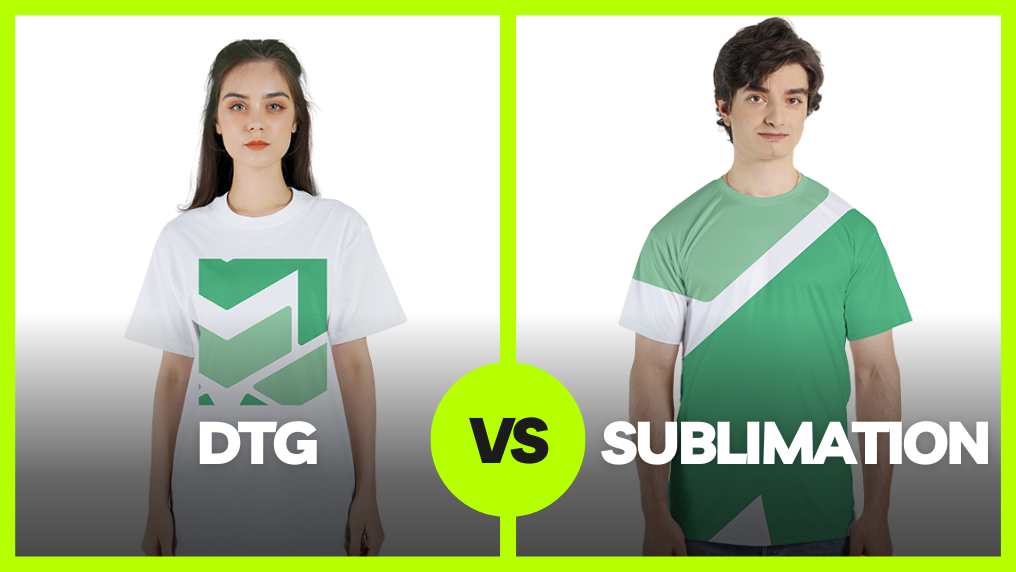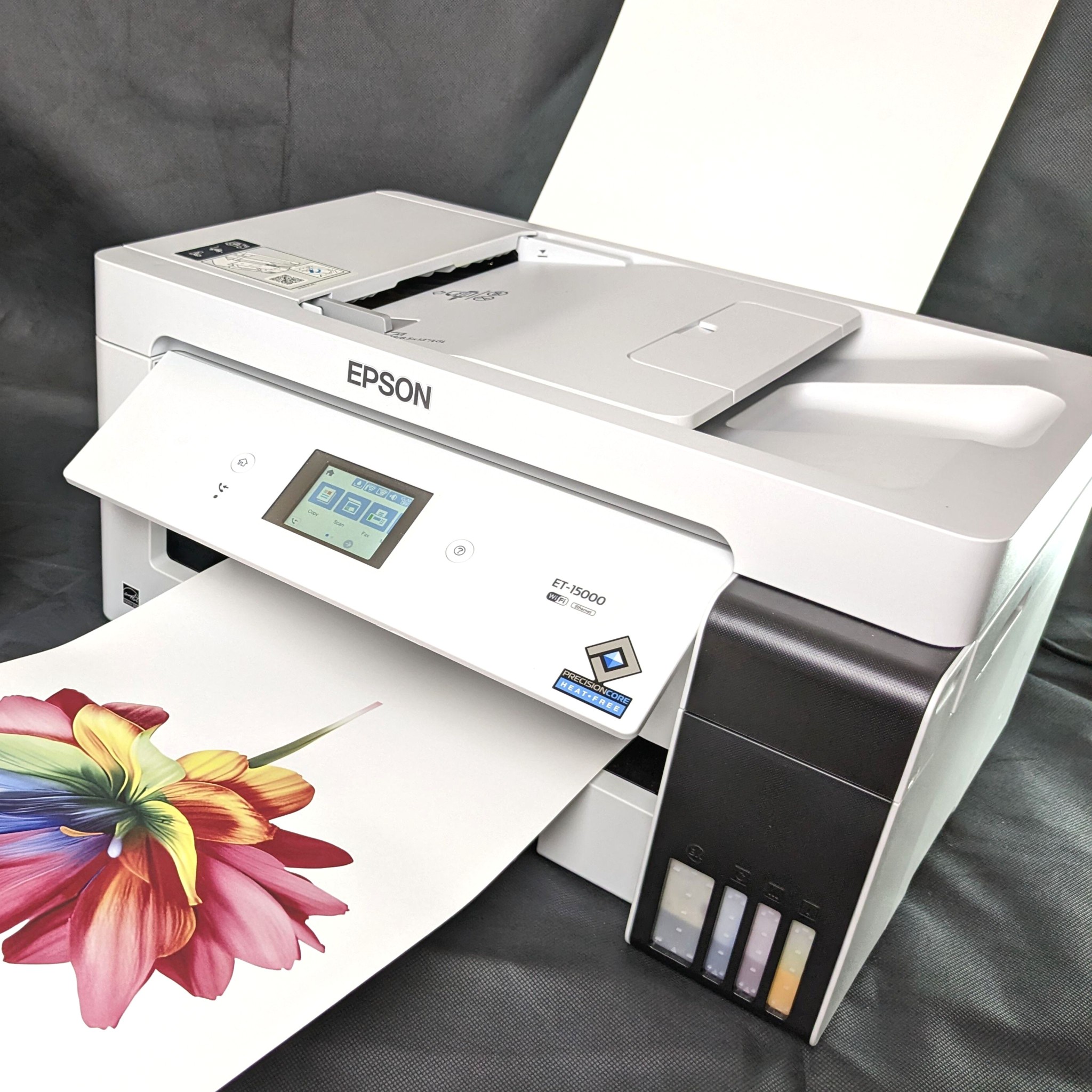Heat Transfer Vinyl Printing: Change Your T-Shirt Game Today
Heat Transfer Vinyl Printing: Change Your T-Shirt Game Today
Blog Article
From Traditional to Digital: Understanding the Development of Towel Printing
The change of towel printing from traditional approaches like block printing and resist coloring to contemporary techniques such as display and electronic printing marks a substantial shift in the textile sector. How do these advancements impact the significance of towel printing, and what might the future hold for this ever-evolving craft?
Typical Fabric Printing Approaches
In the onset of fabric manufacturing, standard fabric printing methods worked as the keystone of textile layout, supplying both capability and creative expression. Strategies such as block printing, withstand dyeing, and stenciling were carefully developed and improved over centuries, each contributing unique visual high qualities and useful applications to the textile industry. Block printing, among the earliest methods, entailed sculpting detailed layouts into wood blocks, which were then dipped in color and pressed onto fabric. This labor-intensive procedure allowed for the rep of in-depth patterns, showcasing the artisan's ability and creativity.
Withstand dyeing, including strategies like batik and tie-dye, used wax or other materials to stop dye from penetrating specific locations of the material. This method developed striking contrasts and detailed designs, often imbued with cultural value. Stenciling, another conventional technique, entailed reducing patterns right into a material and applying color with the openings, supplying a less complex yet effective way to create repeated layouts.
These typical approaches not just shaped the textile market's early development however likewise laid the groundwork for future technologies. Each method mirrored the local and social qualities of its origin, protecting and sharing artisanal expertise via generations.
The Surge of Display Printing
The arrival of display printing in the early 20th century noted a substantial separation from typical approaches, supplying unmatched flexibility and efficiency. Display printing enabled designers to generate elaborate patterns and dynamic colors on textiles, which were previously testing to attain with block printing or hand-painting techniques.
One of the vital advantages of screen printing is its capacity to replicate complex designs on a huge scale with amazing integrity. This scalability made it greatly popular in the commercial textile industry, where automation without sacrificing top quality is extremely important. Screen printing fits a broad array of dyes and inks, expanding the palette of appearances and surfaces offered to developers.
Additionally, the procedure is very versatile, ideal for various fabric types including cotton, silk, and synthetics. This flexibility, integrated with its cost-efficiency for big runs, strengthened screen printing's duty as a cornerstone of modern-day textile production. Thus, the surge of screen printing reinvented the market, pushing the borders of what was possible in textile layout.

The Arrival of Digital Printing
Structure on the exceptional improvements brought by screen printing, the fabric industry experienced one more groundbreaking advancement with the advent of electronic printing. Arising in the late 20th century, electronic printing changed the method designs are transferred onto textiles, offering unprecedented versatility and effectiveness. Unlike traditional approaches, which usually required comprehensive arrangement and substantial manual intervention, digital printing utilizes computer-aided design (CAD) technology to generate detailed patterns directly onto the material with high accuracy.
This development has actually made it possible for fabric producers to satisfy the expanding need for customization and on-demand production. By eliminating the demand for plates and displays, digital printing reduces preparations and lessens material waste, making it an extra sustainable alternative. The ability to publish complex pictures and a large Discover More range of shades in a solitary pass has opened up new innovative opportunities for developers, fostering a surge in artistic expression within the market.
Moreover, electronic printing sustains smaller set manufacturing runs, which is especially beneficial for particular niche markets and start-up style brands. This technological leap has not only boosted functional performance but additionally democratized accessibility to top quality textile printing, establishing the phase for future technologies in material style and manufacturing.
Comparing Strategies: Traditional Vs. Digital
While both typical and electronic printing approaches have their very own one-of-a-kind advantages, they differ substantially in terms of process, effectiveness, and ecological effect. Traditional fabric printing, incorporating strategies like block printing and display printing, involves hand-operated labor and intricate craftsmanship.
In contrast, electronic printing utilizes advanced modern technology to transfer layouts directly onto textile utilizing inkjet printers. Digital printing is considerably much faster, enabling for quick turn-arounds and just-in-time production, which minimizes the requirement for huge stock storage.
From an ecological point of view, digital printing is generally more lasting. It utilizes less water and produces minimal waste contrasted to standard methods, which commonly entail substantial washing and coloring procedures. Subsequently, electronic printing is progressively favored in an era where environmental factors to consider are vital.
Future Fads in Cloth Printing
As the textile sector proceeds to develop, future fads in cloth printing regularly point towards higher assimilation of technology and Web Site sustainability. One considerable pattern is the boosted application of electronic printing technologies. These developments enable for greater accuracy, much faster manufacturing times, and the capacity to develop intricate styles that were once tough with standard techniques. Digital textile printing is expected to dominate the market, driven by its effectiveness and versatility to consumer demands for individualized and limited-edition items.

Additionally, the unification of wise textiles, which incorporate digital components right into fabrics, is set to transform the marketplace. These fabrics can supply added performances such as temperature guideline, wellness tracking, and interactive attributes. As technology proceeds to advance, the crossway of electronic printing and smart textiles will certainly open new opportunities for creative and functional applications in cloth printing.
Verdict
The advancement of towel printing from conventional approaches to electronic technologies notes a substantial improvement in the fabric market. While conventional methods highlight artisanal craftsmanship and cultural heritage, electronic printing supplies unparalleled accuracy, effectiveness, and personalization.
The transformation of towel printing from typical techniques like block printing and resist coloring to contemporary strategies such as display and digital printing notes a significant change in the textile sector. Screen printing enabled designers to create elaborate patterns and vibrant shades on materials, which were formerly challenging to attain with block printing or hand-painting techniques.
Structure on the exceptional advancements brought by display printing, the textile more information market experienced another groundbreaking advancement with the advent of electronic printing. heat transfer vinyl printing. Conventional towel printing, including techniques like block printing and display printing, includes hand-operated labor and elaborate workmanship. As innovation continues to advance, the junction of digital printing and smart fabrics will open up brand-new opportunities for practical and creative applications in towel printing
Report this page